Two Sculptors, One Vision: The Gold Eagle and Buffalo Legacy
Post by: Walt Durham
in Gold
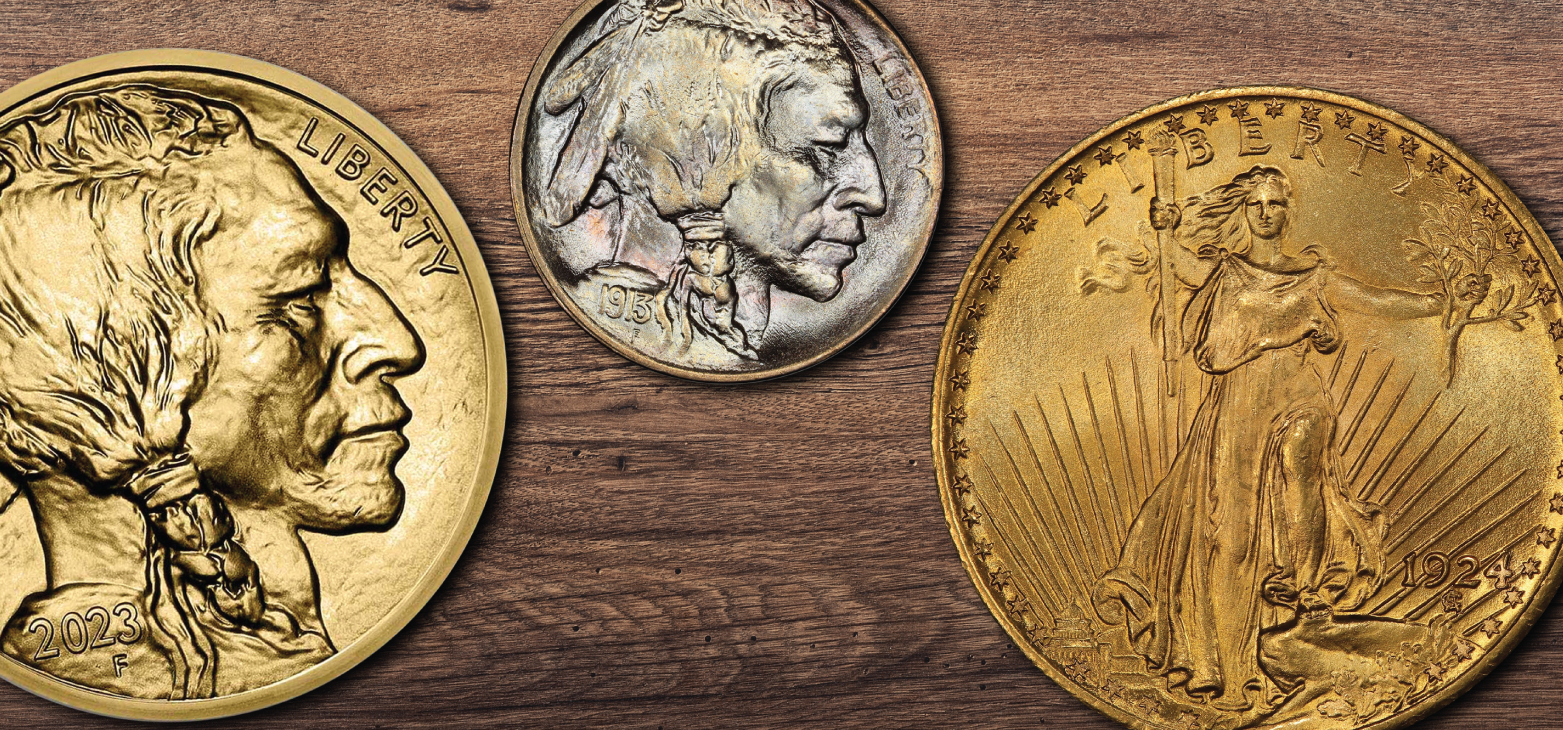
Two Sculptors, One Vision: The Gold Eagle and Buffalo Legacy
In the heart of France, during the latter part of the 19th century, fate orchestrated a rendezvous between two remarkable artists: Augustus Saint-Gaudens and James Earle Fraser. Little did they comprehend that their encounter would etch an indelible mark upon American coinage, particularly the renowned Gold Eagle and Gold Buffalo coins.
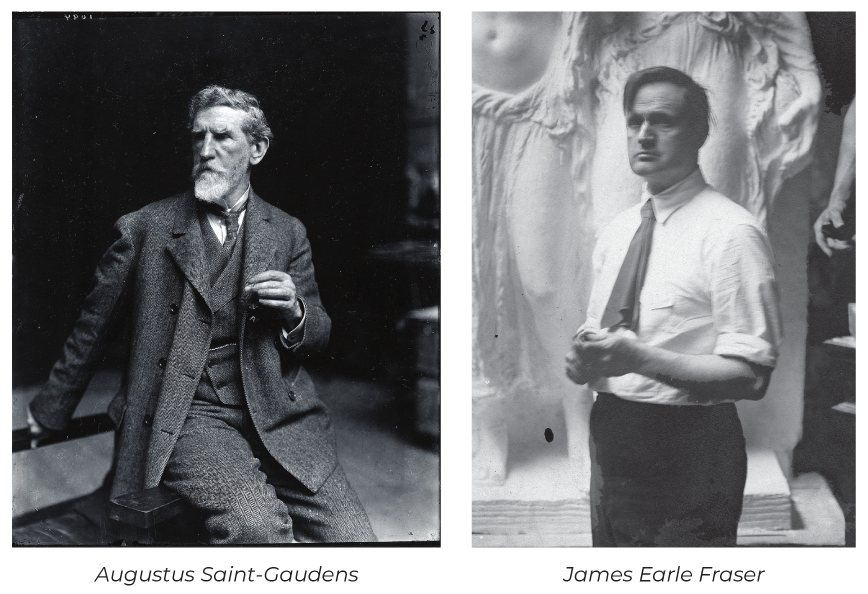
As the brisk winds of autumn swirled through Central Park, Augustus Saint-Gaudens, the distinguished sculptor, embarked on a leisurely promenade. His reputation as a master sculptor preceded him, having already bestowed the art world with his exquisite creations. Amidst the park's tranquil beauty, his discerning eye fell upon a young artist meticulously sketching a magnificent sculpture. It was none other than James Earle Fraser, a burgeoning sculptor whose heart was captivated by the spirit of the American West.
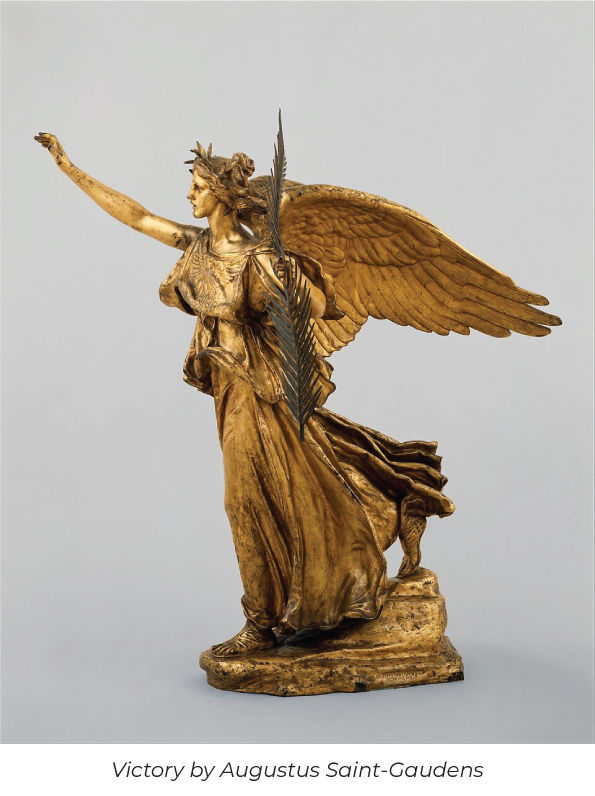
Intrigued by Fraser's work, Saint-Gaudens, with his characteristic grace, approached the young artist. What followed was a conversation that would reshape the course of American artistry, particularly within the realm of numismatics. They discussed their shared passion for art and their aspirations to leave an enduring legacy in the realm of sculpture. Saint-Gaudens, a seasoned maestro, perceived in Fraser a raw talent yearning for cultivation.
Over the ensuing years, the two artists cultivated a profound friendship and a professional alliance that would transfigure American coin design. Saint-Gaudens had already etched his name in numismatic history with his breathtaking design of the 1907 Double Eagle, featuring Lady Liberty in dynamic stride, bearing a torch and an olive branch—an embodiment of liberty and peace. This design marked a seismic shift from the staid, traditional portraits adorning earlier American coinage.
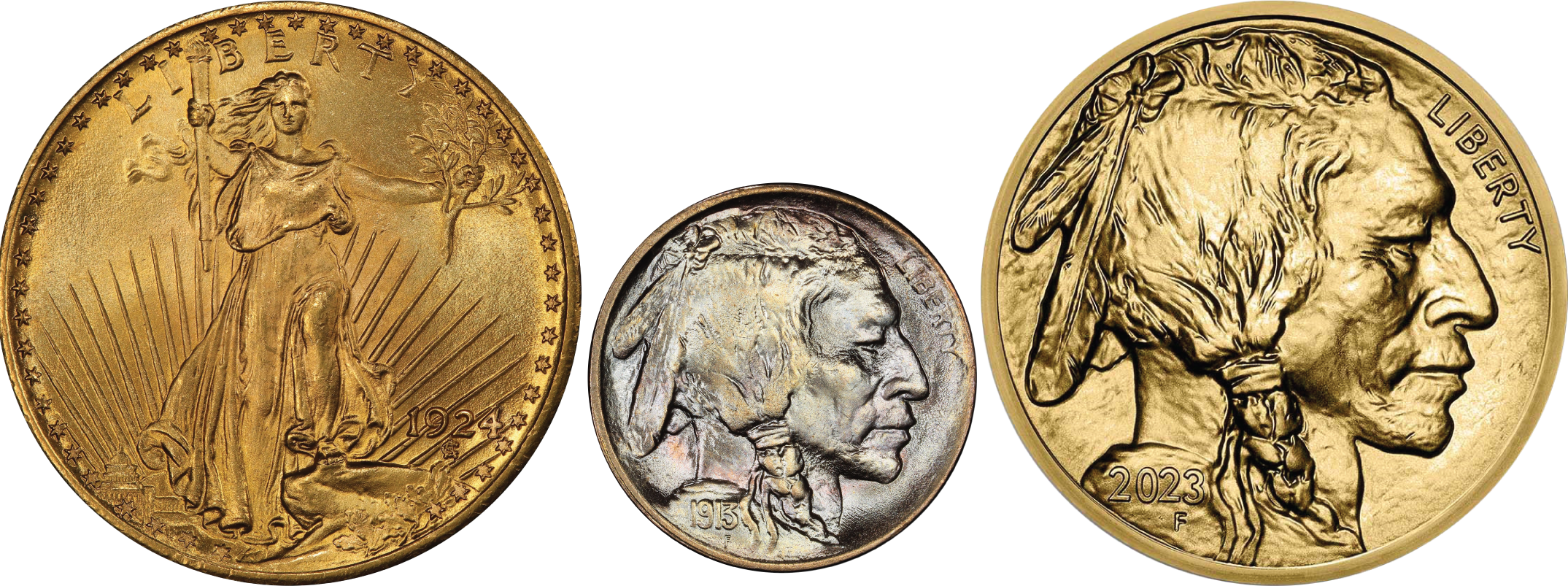
Saint-Gaudens' influence upon Fraser was palpable. Fraser saw in him not merely a mentor but a beacon guiding him toward greatness. Under Saint-Gaudens' careful tutelage, Fraser honed his craft in coin design and commenced contributing to the United States Mint. Their collaborative efforts ushered in a new era of coin design, characterized by intricate detail and an impression of vitality, which seemed to animate the very metal itself.
In the annals of 1913, the United States Mint unveiled two of the most iconic gold coins in American history. Saint-Gaudens' imprint was unmistakable in the Indian Head Eagle, a coin boasting the profile of a Native American chief adorned in full regalia. Meanwhile, Fraser's artistic prowess encapsulated the spirit of the American West through the visage of a majestic buffalo, aptly christened the Buffalo Nickel.
The Gold Eagle and Gold Buffalo ascended to iconic status in the pantheon of American coinage, celebrated for their artistic splendor and symbolic resonance. Saint-Gaudens and Fraser managed to encapsulate the essence of America's history and spirit in precious metal, securing their place as pioneers of coin design.
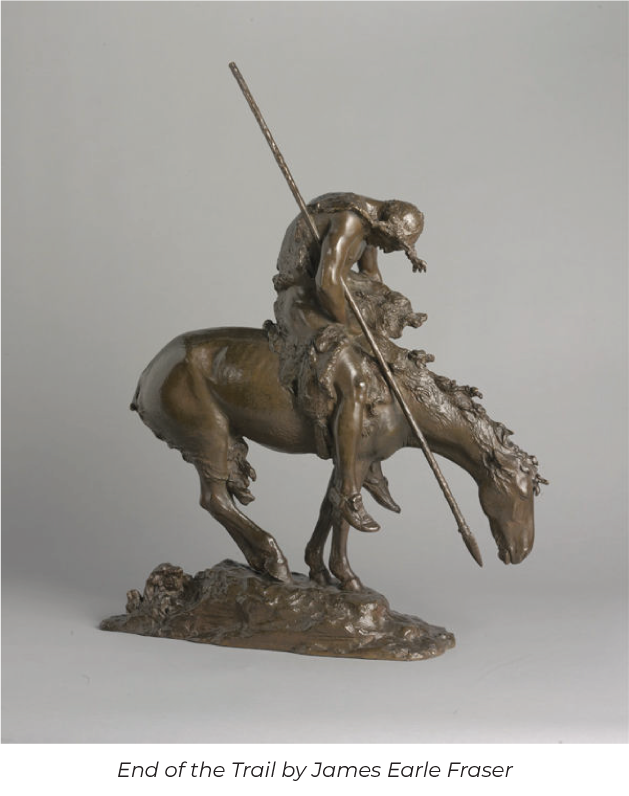
Their friendship and creative partnership endured until Saint-Gaudens' departure from this world in 1907. Fraser went on to create other enduring masterpieces, such as the poignant "End of the Trail" sculpture. However, his contribution to American coinage, deeply influenced by his mentor and friend Saint-Gaudens, remains an everlasting testament to their legacy.
Today, the Gold Eagle and Gold Buffalo coins are treasured by collectors and enthusiasts, serving as a perpetual reminder of the artistic genius and enduring camaraderie between two extraordinary sculptors who serendipitously crossed paths in Central Park, forever altering the visage of American coinage.
BULLION
GOLD
GOLD COIN
GOLD COIN
HISTORIC GOLD
GOLD EAGLE
HISTORIC
LIBERTY GOLD
LIBERTY HEAD
LIBERTY
PRE-1933
PRE-1933 GOLD
EAGLE
EAGLE
SILVER
SILVER COIN
SILVER EAGLE
SILVER
PROOF
PROOF COIN
PALLADIUM
PALLADIUM EAGLE
PALLADIUM COIN
PLATINUM
REVERSE PROOF
INDIAN HEAD
INDIAN GOLD
INDIAN
LAST YEAR OF ISSUE
FIRST YEAR OF ISSUE